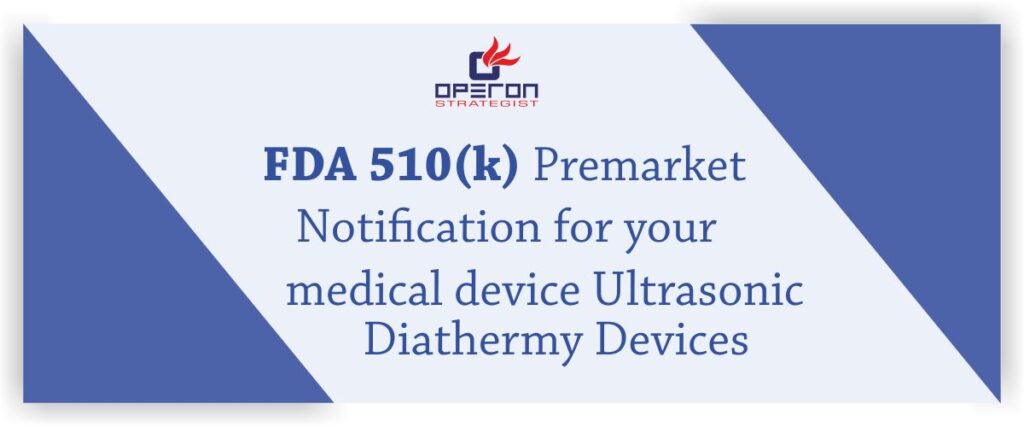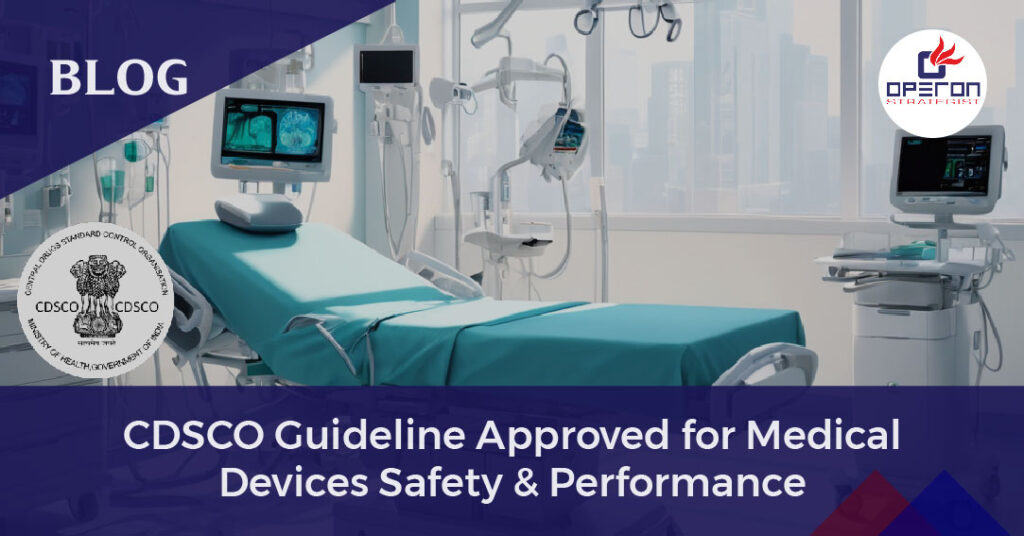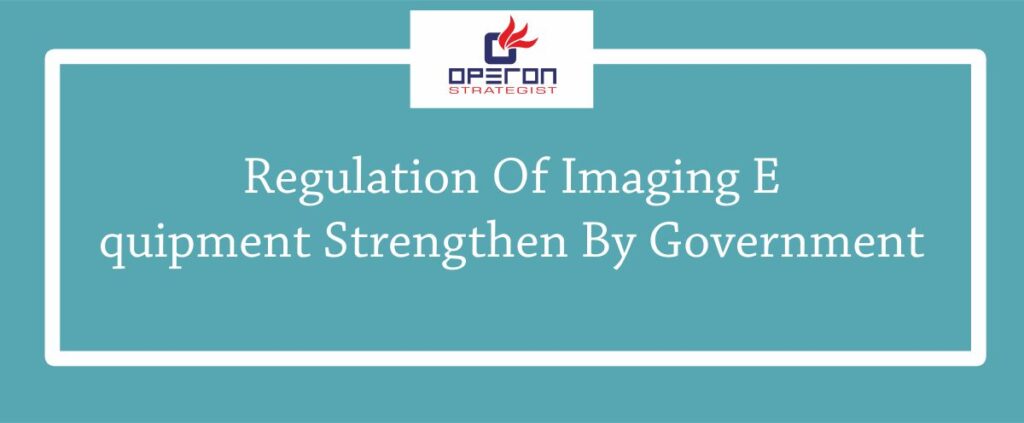Guidance for Industry, Food and Drug Administration Staff. Document issued on April 16, 2018.
What is an Ultrasonic Diathermy Device?
Ultrasonic diathermy devices are the medical devices that are used in physical therapy equipment that produce high-frequency sound waves where this movement is found into tissue and create gentle restorative heat. Ultrasonic diathermy devices are proposed to create deep warmth inside body tissues for the treatment of picked out medicinal conditions, for example, pain, muscle cramps, and joint contractures.
The sound waves of the Ultrasonic diathermy devices are transmitted through a round-headed wand that the specialist applies to the skin with delicate. A hypo-allergenic gel helps in the transmission of the ultrasonic vitality and avoids overheating at the surface of the implement.
Among other requirements in the Federal Food, Drug, and Cosmetic Act (FD&C Act) and its implementing regulations, ultrasonic diathermy devices, also known as ultrasonic therapy or physiotherapy products, must comply with 21 CFR Part 1010 and 1050.10. The guidance document was published that describes FDA’s recommendations for the performance standard requirements in 21 CFR 1050.10 particular to ultrasonic diathermy devices when a manufacturer has otherwise complied with certain International Electrotechnical Commission (IEC) standards.
The scope of Ultrasonic Diathermy Products
The scope of this guidance document is limited to ultrasonic diathermy products regulated under 21 CFR 890.5300(a), product codes IMI and PFW, and are class II devices. This guidance is applicable to ultrasonic diathermy (physiotherapy) devices for use in applying therapeutic deep heat for selected medical conditions such as relief of pain, muscle spasms, and joint contractures. This guidance only relates to equipment employing ultrasonic energy at a frequency beyond 20 kilohertz using a single plane circular transducer per treatment head producing non-convergent beams perpendicular to the face of the treatment head (i.e., collimated or divergent).
Other medical devices that include the use of ultrasound are regulated outside of 21 CFR 890.5300(a) and are excluded from the scope of this guidance. Excluded medical devices include, but are not limited to:
- Devices in which ultrasound waves are intended to destroy conglomerates (for example stones in the kidneys or the bladder) or tissue of any type;
- Devices in which a tool is driven by ultrasound (for example surgical scalpels, phacoemulsifiers, dental scalers or intracorporeal lithotripters);
- Devices in which ultrasound waves are intended to sensitize the tissue to further therapies (for example radiation or chemotherapy);
- Devices in which ultrasound waves are intended to treat cancerous (i.e., malignant) or pre-cancerous tissue, or benign masses, such as High Intensity Focused Ultrasound (HIFU) or High-Intensity Therapeutic Ultrasound (HITU); and
- Devices in which ultrasound is intended for aesthetic purposes.
In addition, this guidance document also provides recommendations for information to provide in 510(k) submissions for these ultrasonic diathermy devices. And as per FDA classification, this device is classified as a Class III device, where the Premarket Approval application (PMA) and 510(k) submission is necessary to be done.
What is the Premarket Approvalapplication?
This is an initial process for every class III medical device; this process is all about the scientific and regulatory review the FDA manages to mention the safety and productivity of the specific class III medical device. These class III devices are the most risky devices that support or help human life. As because of the high-risk level of class III devices, FDA has decided that applicants (class III device manufacturers) must receive FDA approval of their PMA only when the PMA contains sufficient, valid technical evidence to provide about the device that the device is safe and effective for its intended use.
Note: If you have a predicate of your class III device in the market, then PMA is not required for that device, the applicant can directly apply for the 510(k) clearance
Medical Devices Classification
| Class | Risk | Examples | Safety/Effectiveness Controls | Regulatory Pathway |
| I | Low | Tongue depressor, hospital beds | General Controls – With Exemption – Without Exemption | Self Registration Or 510(k) |
| II | Medium | Absorbable suture, blood pressure cuffs | General Controls – With Exemption – Without Exemption Special Controls – With Exemption – Without Exemption | – Most class II devices are approved under a 510(k) pre-market notification submission. – Few devices of class II are approved under PMA – 10-15% devices require clinical trial |
| III | Highest | An implantable pacemaker, coronary stent, Ultrasonic diathermy devices | General Controls Special Controls Pre-market authorization | Pre-market approval (PMA) Almost all require clinical data. |
What is 510(k) Clearance?
It is a premarket submission made to FDA to specify that the device to be marketed to the US market is safe and effective.
Every manufacturer or person into the medical industry, who wants to market their product in the US market, should know about the FDA 510(k) clearance , which is a must. The main purpose of the 510(k) submission is to specify that the device is to be considered similar to a predicate device (the device that is already marketed in US market or cleared by the FDA). Laboratory testing is always a requirement. A manufacturer can also submit a 510(k) if they are going to make some changes in their device.
Benefits of getting your device approved by FDA
– High Impact
Medical devices approved by the FDA are like drugs, which are safe, and effective in the healthcare industry.
– Access to International Markets
Once the device is cleared by the FDA, the manufacturer can get a Certificate of Foreign Government which also helps you to market your device into other countries like Brazil and China. This states that the device approved by the FDA can be marketed and exported from the USA. The Certificate of Foreign Government is recognized by many countries to legally sell your product in their territories.
– Credibility
FDA always looks out for safety & efficacy within a device that stands for protecting the public. If your product is approved by the FDA, it will specify that your product is safe & effective for human use.
– Access to Hospital Networks
When building a medical device you are bound to work with hospitals whether it’s for feasibility testing, pilot testing, clinical trials, or usability activities. This is a great way to build your network of potential customers and influencers in the healthcare space.
– Flexible Roadmap
Many medical device manufacturers do realize the importance of creating a flexible product roadmap. An effective roadmap is a carefully designed document that communicates the product vision and the areas of focus that’ll be tackled to get there. Its purpose is to show the development, sales, marketing, and other internal teams in the company the vision for the future of a specific product or product line. It will set broad goals and provide the steps necessary to achieve them in the healthcare industry.
Operon Strategist approach to FDA PMA submissions ensures that your PMA addresses all of the necessary elements, making the entire process more efficient and accurate.
To develop your PMA submission. Operon Strategist expert team will assist you to identify the appropriate regulatory pathway for your medical device.
We Operon Strategist are the medical device technical consultant; we offer regulatory services to every medical device manufacturers or any person into the medical industry. Our services include 510(k), USFDA, design & development, turnkey solution to set up a world-class manufacturing unit and more. For any medical device regulatory consulting you can reach to us .
- adminhttps://operonstrategist.com/author/admin-2/
- adminhttps://operonstrategist.com/author/admin-2/
- adminhttps://operonstrategist.com/author/admin-2/
- adminhttps://operonstrategist.com/author/admin-2/



